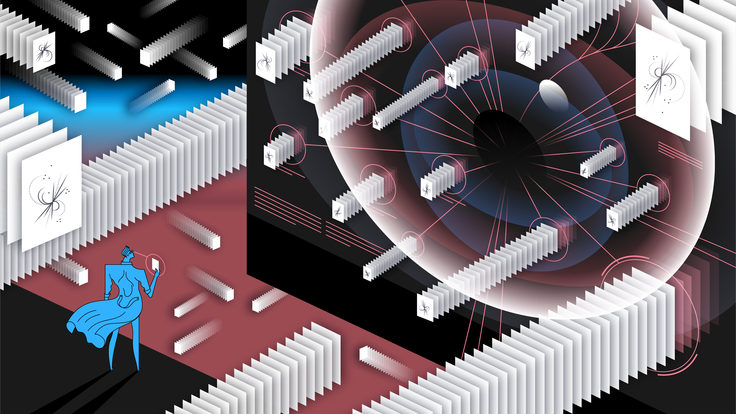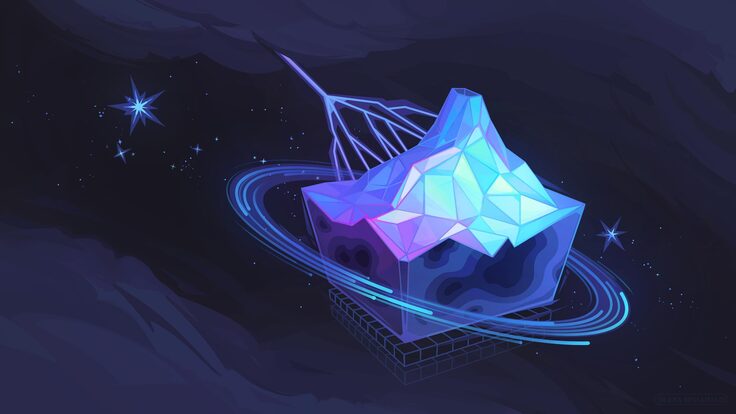Colliding Particles - Episode 1: Codename Eurostar from Mike Paterson on Vimeo.
For years, Large Hadron Collider documentaries focused on the project's engineering and construction challenges, scientific goals, or doomsday scenarios. The scientists who appeared in the films were usually there to explain the Higgs boson, or how thousand-ton detector pieces are lowered underground. But recently, some documentary producers have shifted their attention to the lives of the people who make the LHC and other particle physics experiments a reality.
The online documentary series Colliding Particles follows this trend, delving into the lives and work of one of the hundreds of research groups working on the LHC experiments, and documenting the process of scientific research. Each 7-10-minute-long episode focuses on a different aspect of the scientific process. In the four episodes available so far, viewers are introduced to the group members and the LHC, visit the ATLAS experiment on the day of LHC startup, tag along to a particle physics conference, and learn about how theoretical and experimental physicists work to resolve problems.
While the episodes make great viewing on their own (and include some cool chalk-drawing style animations), educators can go even further. The Colliding Particles team has put together a set of teaching resources that includes powerpoint presentations, student activities and 'classroom edits' of each episode in various formats. Created with the support of the United Kingdom's Science and Technology Facilities Council Science and Society Programme, the teacher resources are designed specifically for the ‘How Science Works’ element of the UK curriculum, but, like the scientific process itself, could transcend national borders.






